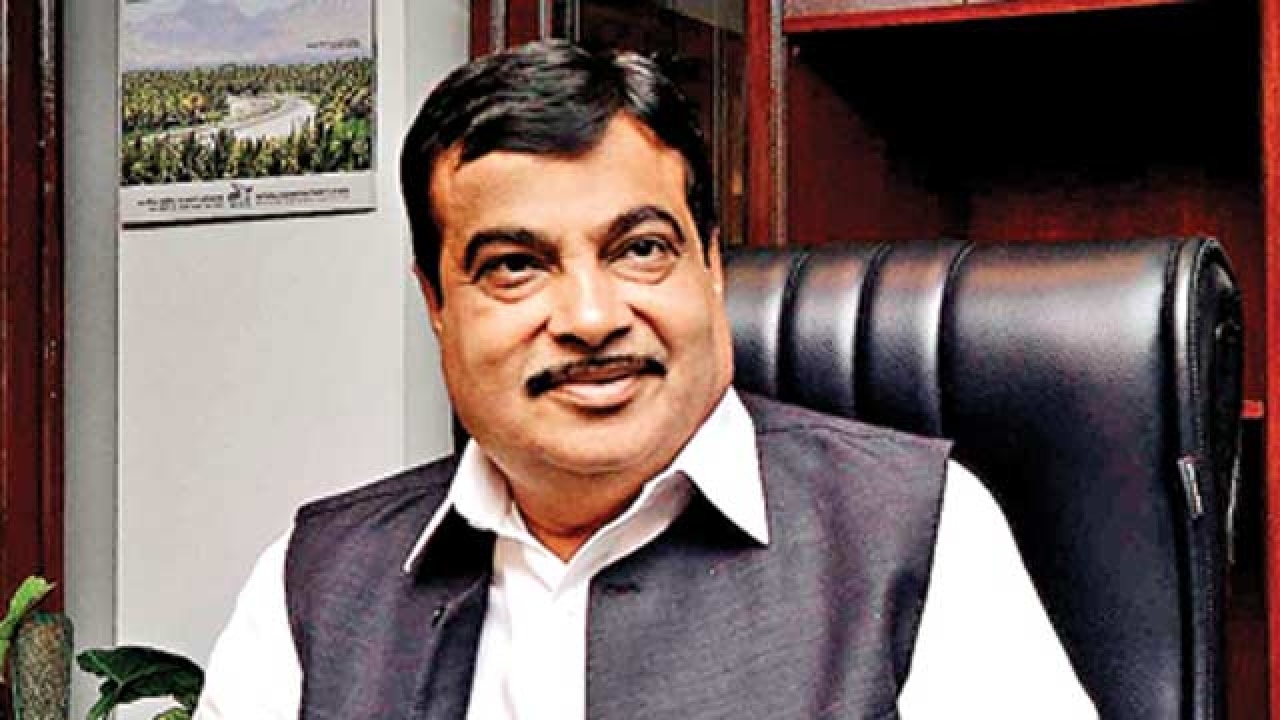
A revolutionary change appears to be gathering pace in the automobile industry with the government getting ready to aggressively promote hybrid and electric vehicles. So far, a few hybrid and electric car and two-wheeler models have been introduced in India by companies like Maruti Suzuki, Mahindra and Hero but higher costs and the poor charging infrastructure have inhibited their faster adoption. Last year, the government rolled out the Faster Adoption and Manufacturing of Hybrid and Electric Vehicles (FAME) as part of the National Electric Mobility Mission Plan for which the government earmarked Rs.795 crore. Transport minister Nitin Gadkari has followed in Prime Minister Narendra Modi’s footsteps and visited Tesla Motors in an attempt to convince the bellwether electric technology firm to set up a manufacturing hub in India for its Asian markets.
While Gadkari did not secure a commitment, his visit did evoke curiosity from the company’s officials who sought to know the incentives India was offering. Besides prime land near sea ports, Gadkari also offered to secure joint-ventures with established Indian auto giants. With automobile emissions a significant contributor to greenhouse gas emissions and air pollution in Indian cities, there is considerable public sentiment for cleaner fuels and vehicles. Recently, the heavy industries secretary had pointed out that manufacturing components locally instead of resorting to imports could help cut costs. This is despite the considerable customs duty concession that hybrid and electric vehicle makers have been receiving for nearly five years. It was no doubt a clever pitch for the “Make in India” campaign but with global auto majors on the cusp of a major technological advancement in electric vehicles (EV), it makes sense for the Indian government to exhort Indian auto companies to head down the same path.
In April, Tesla announced that it received over four lakh orders for the Tesla Model 3, though the car will not roll out of assembly lines until late 2017. The car, which is expected to revolutionise the automobile segment, can travel 215 miles per charge and costs $35,000. Korean car maker Hyundai claims it will roll out a 110 mile range EV this year and a 250-mile-EV by the end of the decade. Even companies like Samsung, facing stagnation in the smartphone market, are viewing electric cars as the next big growth driver. With Lithium-ion battery prices falling, it is electric and hybrid vehicles that are driving growth in the automobile sector in the US, Japan and China. Japan has reached a point where electric charging stations now outnumber petrol pumps with 40,000 charging stations against 35,000 filling points. This is where India will have to play catch up.
Of the Rs.795 crore earmarked for the FAME project in the 2015-16 budget, Rs.500 crore was to be spent on incentives to customers buying hybrid and electric vehicles. The remaining amount was to be spent on developing charging station infrastructure and commissioning pilot projects. However, the FAME website reveals that only 60,711 vehicles and just Rs.84 crore of incentives have been awarded for 24 two-wheeler models and six four-wheeler models, with discounts ranging from Rs.7000 for scooters up to Rs.1.38 lakh for cars. With India just having around 100 charging stations, investment will have to be ramped up heavily if the FAME project is to find more takers. The heavy industries ministry has recognized this and demanded an allocation of Rs.14,000 crore. The benefits of quickly adopting HEV technology is manifold. The transport ministry is allowing the retrofitting of older vehicles into hybrid electric vehicles through certified kits which will cost less than Rs.1 lakh. The power sector, which is now producing surplus electricity and is also struggling because of low off-take by distribution companies, is set to benefit from the adoption of electric vehicle technology. Unless the government gets into the act and creates disincentives for fossil fuels, Indian auto companies, having invested significantly in petrol and diesel engine development, will take their own sweet time in setting up the manufacturing base for churning out electric vehicles in larger numbers.